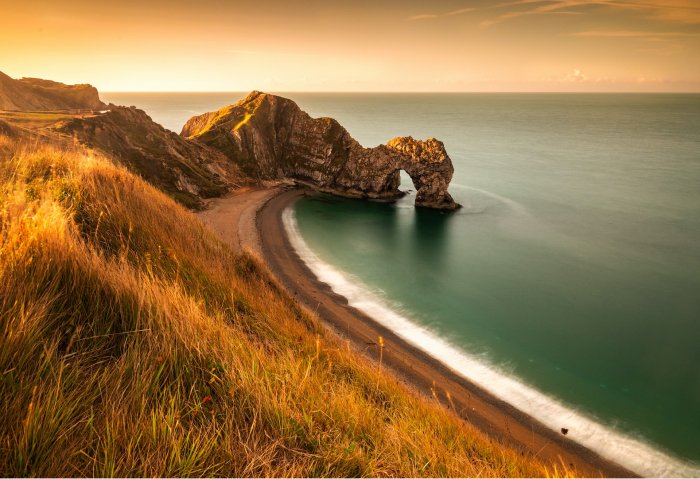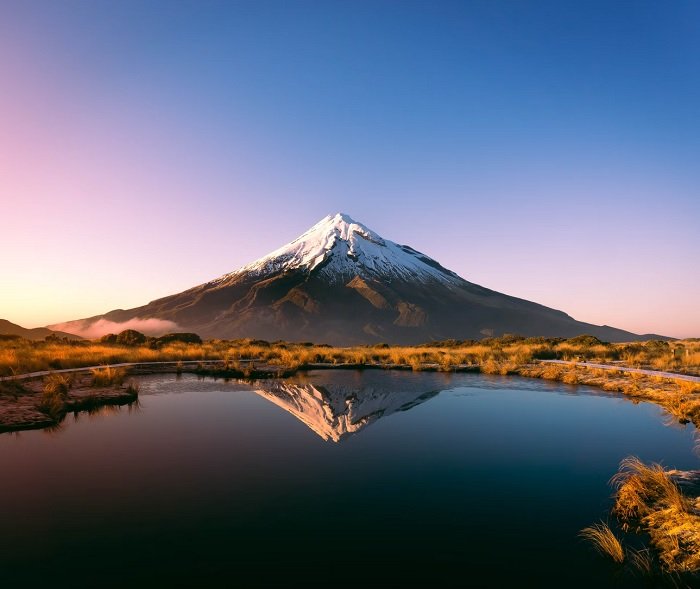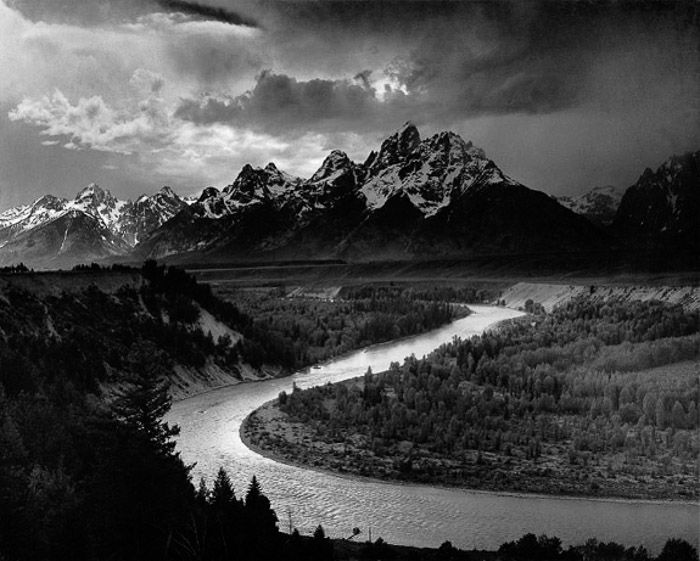Nature is one of the most popular subjects to photograph of all time. From Anna Atkin’s cyanotypes of plant life to Ansel Adams‘ black and white landscapes.
Abstraction takes nature photography one step further, creating images that speak to the senses. Here are ten tips to help you make awesome abstract nature photography.
What Is Abstract Nature Photography
Abstraction has had a presence in photography since its inception. Rather than depicting the natural landscape as accurately as possible, abstract photographers began to interpret the image as a language of feeling as well as seeing.
Rather than delineating subject matter, an abstract photographer uses compositional elements like light, texture, shape and/or form to convey an impression.
By removing any immediate association with the objective, an abstract photographer creates a dialogue that relies on the psychological cues of the viewers themselves.
9. Use Soft Focus for an Otherworldly Feel
Pictorialism is an aesthetic movement used most heavily during the 19th and early 20th centuries. One of its characteristics is a lack of sharp focus as a way of eliciting an emotional response from a viewer.
One of the quickest and easiest ways to create an abstract image is to unfocus or completely remove your camera lens. Intentionally unfocused imagery reframes the way we view a photograph.
It sounds counter-intuitive. But taking an unfocused image creates a painterly effect that emphasizes the color and structure of a natural environment.
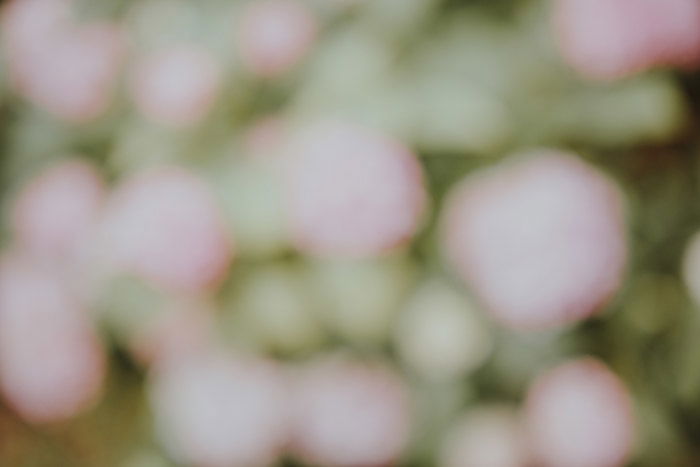
8. Include Texture to Add Dimension to Your Images
For the most part, photography is a 2-dimensional medium. This means that photographers must rely on inherent associations such as touch to ‘lift’ an image off the page.
Revealed through variances in shape, form, tone, and color, texture incorporates the sense of touch into a photograph.
In abstract photography, the subject-matter that exhibits the textural surface is less important, with emphasis placed on the texture itself.
Techniques such as isolation, distance and the sculpture of light, create an image that speaks to the textural qualities of the object without depicting it explicitly.
This use of texture adds a level of ‘touchability’ to a photograph, connecting with a viewer on a psychological level.
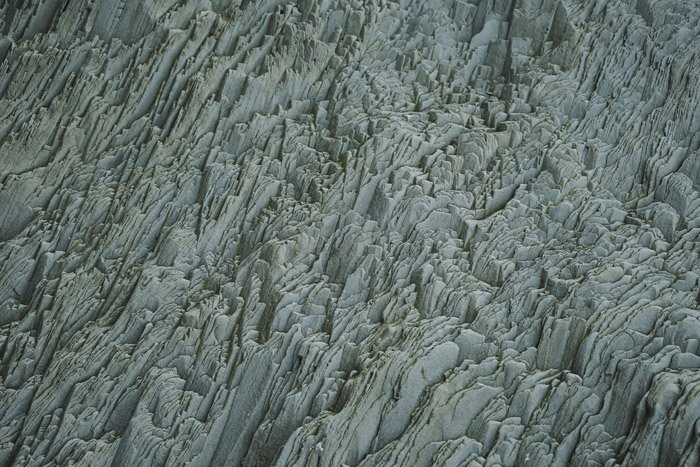
7. Use Camera Movement
Camera movement is a technique that combines motion with a long exposure. By deliberately moving your camera during an exposure, you can create a study of movement condensed into a single image.
Likened to the technique of abstract expressionist painters, intentional camera movement emphasizes the process of the photographer as well as the quality of the subject.
Intentional camera movement (ICM) in abstract nature photography introduces a compelling aesthetic to an image.
While movement distorts the subject itself, compositional elements remain, forming painterly abstractions that explore the photographic practice.
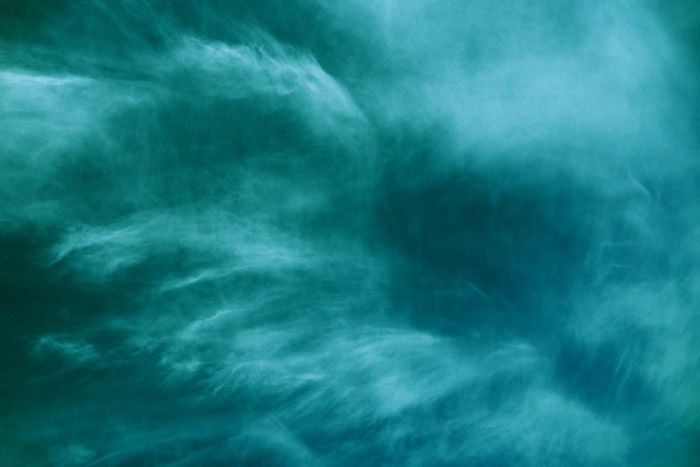
6. Photograph Reflections on Water Surfaces
Water is a curious phenomenon. From ice in alien craters to rolling oceans and still ponds, water is an incredibly enduring surface.
Its changeable nature speaks to its adaptability, which makes it both easy and difficult to photograph at the same time.
Abstract nature photography embraces the fluid nature of water, taking advantage of whatever state it’s in. Reflections on the surface of still water create surreal versions of that on land.
Cracks in ice become a frigid landscape. The flurry of a turbulent tide is transformed into a hypnotizing document of motion.
Water is a tool in the abstract photographer’s toolkit. Just don’t get wet!
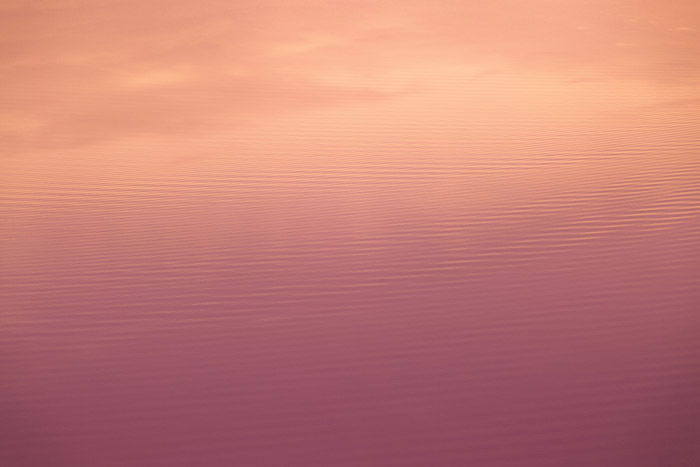
5. Get Close With Macro Abstract Photography
Have you ever seen an example of fractals? The closer you get, the more the larger scene is revealed. It’s a little bit like that in close-up abstract nature photography.
By removing a sense of scale and relying on compositional elements like texture, color, and light to carry the image, a viewer finds that the closer they examine a close-up or macro abstract, the more of the overall photograph they can experience.
Close-distance photography compresses life into a canvas of elemental composition. As the viewer strives to orient themselves in a photograph, they become aware of their own space within the image.
The closer you photograph a subject, the more a viewer relies on compositional elements for visual cues. Without a sense of scale, a close-up abstract image of nature takes on a life of its own.
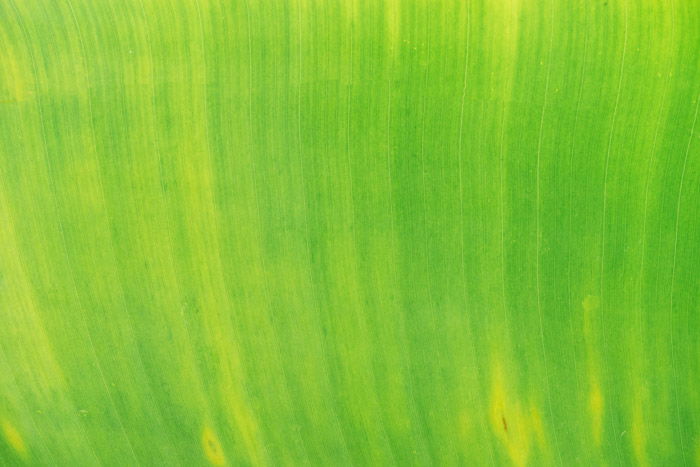
4. Change Your Perspective
Perspective determines the point from which a viewer will ‘enter’ an image. Photographing a scene from a bird’s eye view will have a different impact compared to photographing the same scene from the ground up.
For example, a bird’s eye view speaks to the inherent danger most of us feel about heights. It crates tension, but also curiosity. A ground-up scene on the other hand, amplifies scale, making the viewer feel smaller in an environment.
The lens on your camera can also change the perspective of a scene. A telephoto lens squishes the foreground and background closer together.
A fisheye or ultra-wide angle lens warps subject matter in the center of the image, making it seem bigger.
Incorporating perspective into your abstract photography plays with the associations we have about the way we physically situate ourselves in the world.
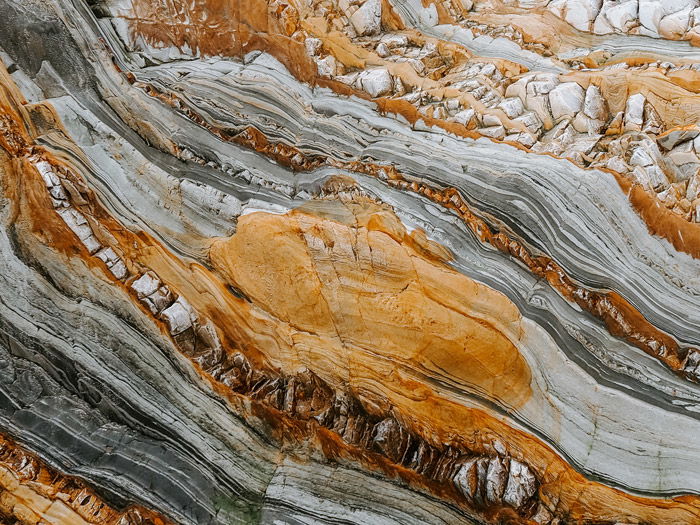
3. Combine Minimalism With Abstract Nature Photography
Abstraction and minimalism are two separate genres of art. While abstract photographers focus on transcending references to the object world, minimalists emphasize composition with a reductionist approach to photography.
Minimalism is about eliminating excess information in an image, leaving only the strongest elements of composition.
By excluding everything but the bare bones of an image, minimalist photography relies on our inherent language of seeing to convey a subject.
Abstract minimalist nature photography, though a mouthful, merges abstraction and minimalism to create dynamic imagery.
By removing references to the object world as well as reducing an image to the essential elements of composition, photographers can create emotive imagery that gets straight to the point.
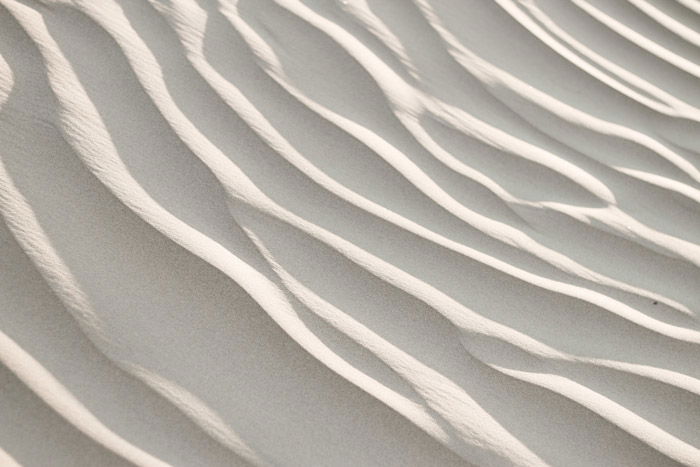
2. Use Lines to Highlight Composition
As a basic element of the composition, the line is a critical component of photography.
Creating perspective, the line can add or subtract depth, subtly (or dramatically) guiding the eye through a photograph.
The line can also dictate the mood of an image. Continuous, wavy lines emphasize calm whereas abrupt or broken lines indicate disquiet.
In abstract nature photography, using line invigorates organic subject matter, uniting or excluding the individual elements that form a photograph.
Generally, the eye reads an image better with the presence of lines. Even in abstract photography, where the emphasis is taken from the objective, the eye appreciates line as a subtle handle on the overall image.
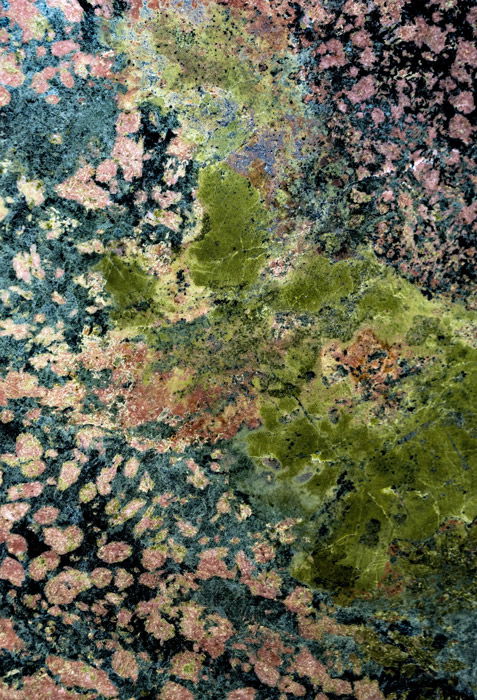
1. Trick the Eye With Aerial Photography
Aerial photography is a great way to create abstract nature photography. Photography from a top-down perspective tends to ‘flatten’ a scene, reimagining the landscape as a canvas.
But not everyone has access to a drone or an aircraft. So why not use a bit of photographic-illusion to create an aerial scene?
A viewer will naturally attempt to discern the nature of the scene they are viewing. Photographing subject matter that appears to be taken from the air plays with a viewer’s sense of the world around them.
By incorporating ambiguous elements of abstraction into an image (such as a lack of scale), a photographer engages with a viewer’s natural inclination to ‘figure out’ an image.
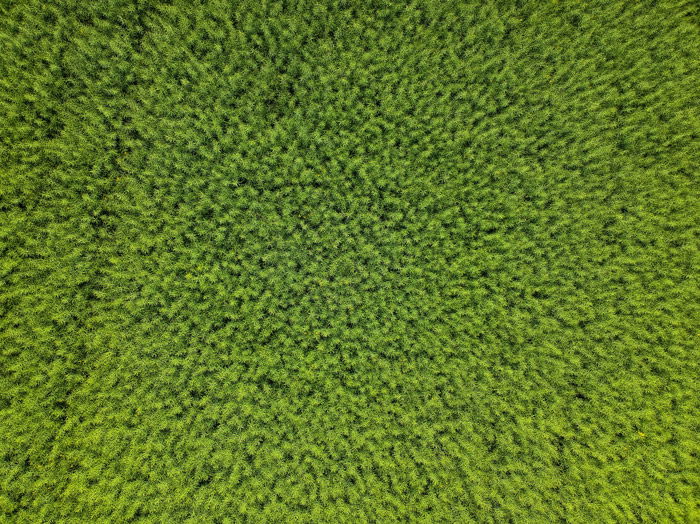
Conclusion
Abstract photography focuses on elements like line, texture, shape, and color to express a scene. Rather than depicting familiar subject matter, abstraction strives to paint an image that is driven by the senses.
Add nature into the mix and you have a great opportunity to use the environment to convey a unique perspective. Now that you’ve read up on the tips, go out and try them yourself!
